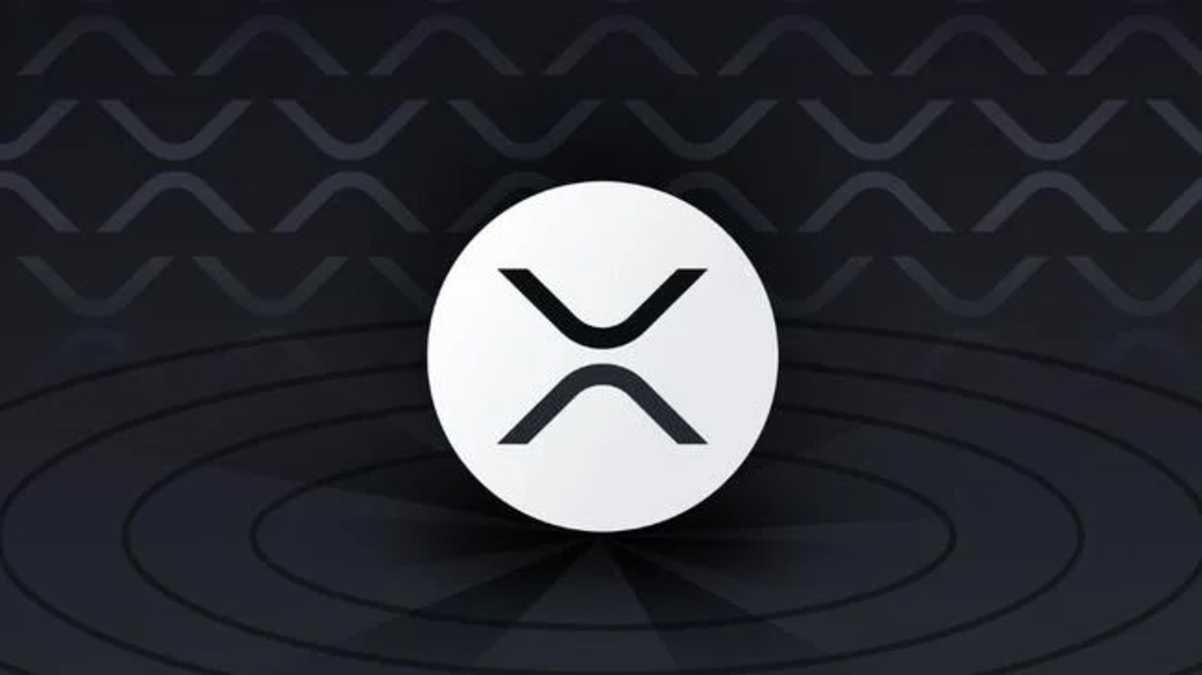
Bank Partnerships: Integration with AI and IoT
The intersection of banking, blockchain technology, artificial intelligence (AI), and the Internet of Things (IoT) is transforming the financial industry. By integrating these technologies, banks are redefining customer experiences, improving operational efficiency, and enabling more secure and transparent transactions. Here’s how these cutting-edge technologies are reshaping bank partnerships and blockchain-based financial ecosystems:
1. Blockchain and Bank Partnerships
Banks have traditionally been slow adopters of blockchain technology, but growing demand for faster, cheaper, and more transparent transactions has encouraged financial institutions to embrace blockchain-based solutions. Key advancements include:
- Cross-Border Payments: Blockchain enables instant and cost-effective international payments. Banks partner with blockchain firms like Ripple (using XRP) to process transactions in seconds rather than days. RippleNet allows banks to bypass the traditional SWIFT system, reducing costs and improving efficiency.
- Tokenized Assets: Banks are increasingly exploring tokenized assets on blockchain platforms. Tokenization of real-world assets, such as stocks, bonds, and real estate, allows for fractional ownership and enhanced liquidity, improving access to investments for a broader audience.
- Fraud Prevention and AML: Blockchain technology improves transparency and traceability, helping banks comply with anti-money laundering (AML) regulations. Smart contracts automate compliance processes, while the immutable nature of blockchain ensures data integrity.
Examples of partnerships:
- JPMorgan’s Onyx Network: A blockchain platform enabling wholesale payments and tokenized deposits.
- Santander and Ripple: Integration of Ripple’s technology into Santander’s One Pay FX for cross-border payments.
- HSBC: Use of blockchain for trade finance, enabling secure digital letters of credit.
2. AI Integration in Banking
Artificial Intelligence (AI) is driving significant innovation in banking, especially when paired with blockchain. Banks use AI to enhance decision-making, automate processes, and offer personalized customer experiences.
- Fraud Detection: AI algorithms analyze transaction data to identify unusual patterns and flag potential fraudulent activities. Blockchain’s immutability ensures that these analyses are based on unalterable data, improving accuracy.
- Personalized Financial Services: AI powers chatbots and virtual assistants, which offer 24/7 customer support. Blockchain ensures that sensitive financial information shared with AI assistants is securely stored and accessible only to authorized parties.
- Credit Scoring and Lending: AI models assess credit risk more accurately by analyzing a borrower’s blockchain-based financial history, including on-chain transactions and tokenized assets. This allows banks to offer more competitive loans.
- Trading and Investment: AI analyzes large datasets and market trends in real time, enabling banks to make faster, more informed trading decisions. When integrated with blockchain, trade settlement becomes nearly instantaneous.
3. IoT and Banking Innovations
The Internet of Things (IoT) connects physical devices to digital networks, enabling banks to interact with customers and assets in new ways. Combined with blockchain, IoT enhances transparency, security, and automation in banking.
- IoT for Payment Systems: IoT devices, such as smart watches or cars, are increasingly being used for contactless payments. Blockchain ensures secure, real-time settlement of these microtransactions without requiring third-party intermediaries.
- Supply Chain Financing: Banks use blockchain to track goods through IoT-enabled sensors, ensuring that financing is released only when certain conditions (like delivery confirmation) are met. This reduces fraud and improves trust between parties.
- Insurance: IoT devices like wearables or connected vehicles provide real-time data for insurers. Blockchain smart contracts automate claims processing by using IoT data to verify incidents, such as car accidents or health metrics.
- Automated Mortgage Payments: IoT sensors in smart homes can trigger mortgage payments automatically based on predefined blockchain smart contracts, simplifying property ownership.
4. How Blockchain, AI, and IoT Work Together
The synergy between blockchain, AI, and IoT creates a powerful ecosystem for banking innovation:
- Real-Time Data and Decision-Making: IoT devices collect vast amounts of real-time data, which AI processes to generate actionable insights. Blockchain provides a secure and tamper-proof ledger for storing and sharing this data, ensuring that decisions are based on reliable information.
- Smart Contracts and Automation: Blockchain smart contracts leverage IoT data to trigger automated processes, such as payments, once specific conditions are met. AI enhances this by predicting future conditions or optimizing contract terms.
- Enhanced Security and Privacy: Blockchain ensures that data shared between IoT devices is encrypted and immutable, while AI analyzes data for potential security threats. This combination reduces vulnerabilities and enhances privacy for banking customers.
5. Future of Bank Partnerships with AI, IoT, and Blockchain
- Decentralized Finance (DeFi): Banks are exploring partnerships with DeFi platforms, integrating AI for risk assessment and IoT for real-world asset tracking. This enables more inclusive and efficient financial systems.
- Digital Identity Solutions: Banks can use blockchain for decentralized digital identity solutions. IoT devices authenticate users, while AI ensures secure access and fraud prevention. These partnerships improve KYC (Know Your Customer) processes.
- Sustainability Tracking: Blockchain and IoT are being used to track carbon footprints and supply chain emissions. Banks partner with green initiatives, using AI to analyze and fund projects that align with ESG (Environmental, Social, and Governance) goals.
The integration of blockchain, AI, and IoT in banking is revolutionizing how financial institutions operate, enhancing efficiency, security, and customer experience. By leveraging these technologies, banks can build stronger partnerships, offer more personalized services, and lead the way in adopting cutting-edge solutions for global finance. The combined potential of these innovations positions the banking sector for an era of unprecedented growth and transformation.



